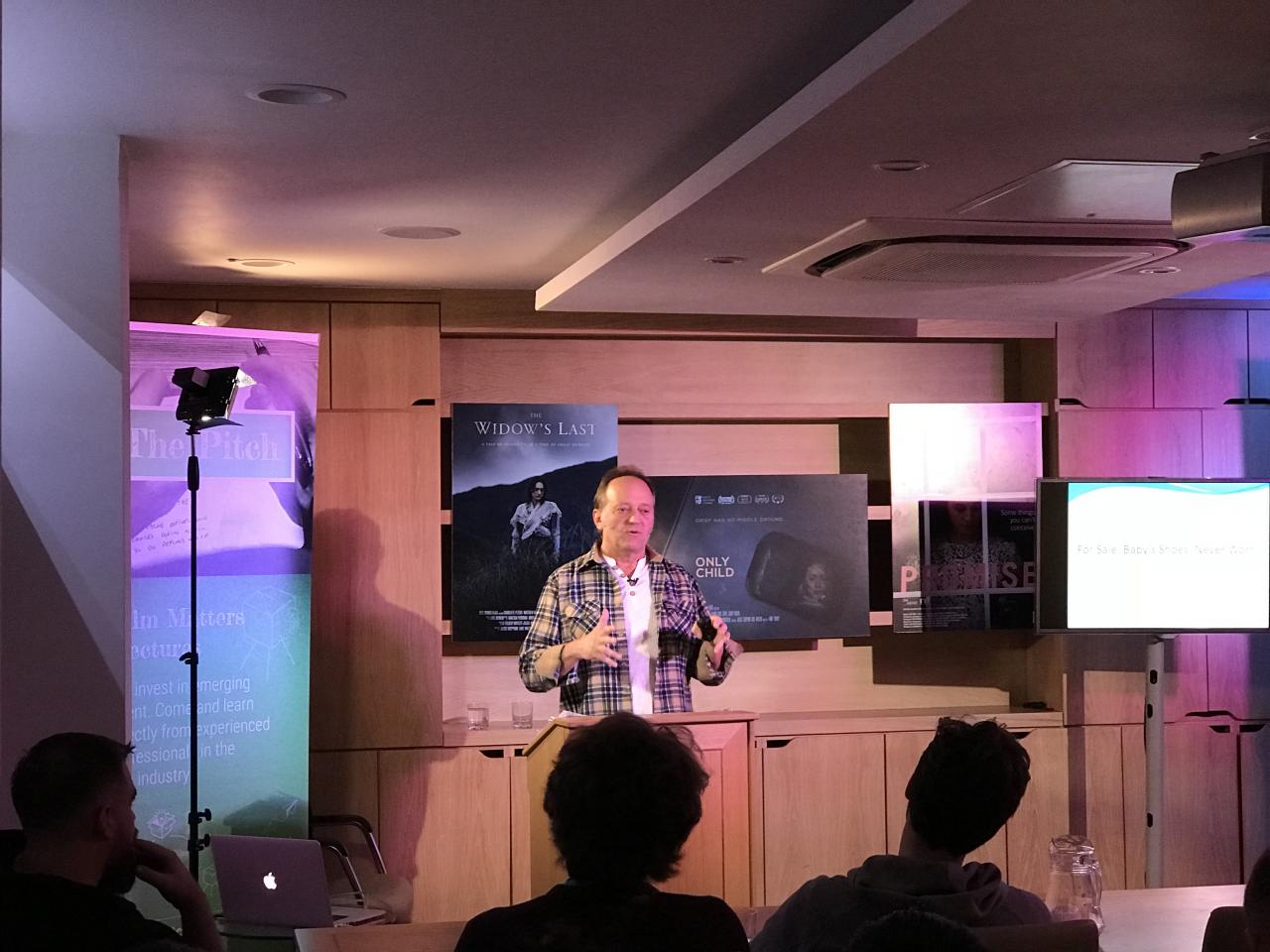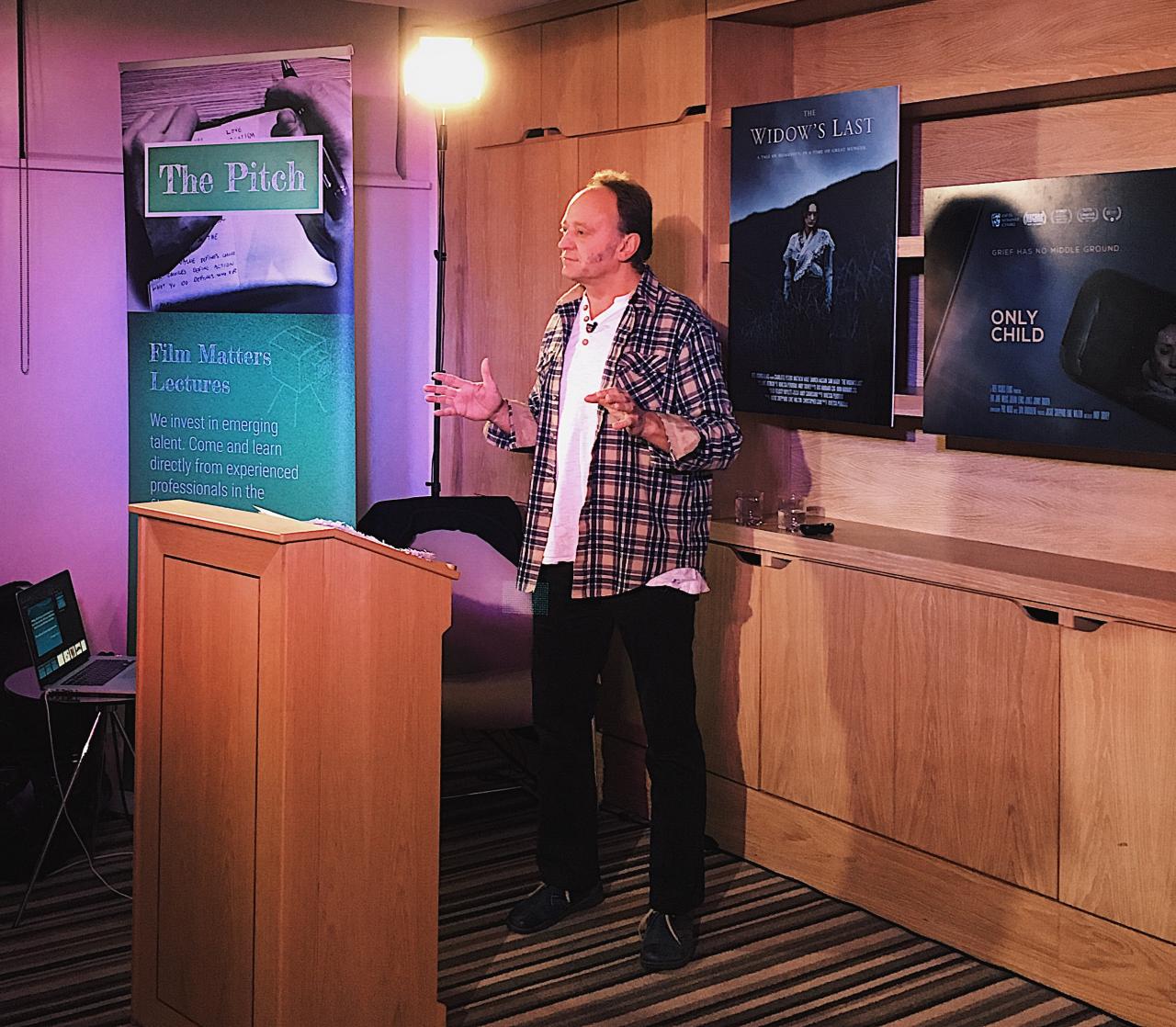A few weeks ago we hosted the first in a series of three lectures by writer and story consultant David Baboulene. The Primary Colours of Story lecture series looks to examine how stories grip and intrigue their audiences and how writers can utilise this in their own work.
In this first lecture, David discussed the importance of narrative, briefly analysing the processes of learning and memory and demonstrating how these neurological functions are key in the way we approach both reading and understanding any story. "Narrative is fundamental to the way our brains work and to our memory," he suggested, "our brains love narrative and we are made from it."
But for David, it's not simply narrative that drives our interest in stories but rather interruptions in the narrative. When writers offer conflict in their plots David suggests that we as an audience begin to use our own experience and knowledge to try and bridge these gaps. "We create a new story when we fix these problems and this becomes a new memory script, a new narrative, that we can apply to the future." So just as when we use this knowledge and experience in real life scenarios to adapt and solve problems, the same is true of stories, except in this case the characters become a proxy for our eyes, ears, and actions.
It's in these narrative gaps and interruptions that audiences and readers become most engaged in stories. David suggests that gaps create anxiety and emotion in the audience. Authors can utilise this to their advantage by allowing the audience to project their own ideas into these gaps and become further invested in the story.
So, David ultimately suggests, the substance of any story is knowledge gaps, a difference in the level of knowledge held by participants, whether that's between different characters, between the narrator and their characters or the author and their audience. David categorises these story gaps into the format of the story frame, character, and finally, to use what David has termed, storification.
"A story is any form of information transfer which involves knowledge gaps in the delivery," David concluded. And the longer the gaps, the deeper they are, and the more complicated, the better the story will be.
David was also at our Shortlisters’ Day at the Watershed in Bristol on 19th November where our twenty shortlisted entrants had the chance to learn more from him. One entrant, Paul Blinkhorn shared his thoughts on Twitter, writing that he had “an insightful day with [David] and other shortlisted filmmakers” while another of our shortlisters Jeffrey Aidoo shared on Instagram, "David Baboulene was a fountain of knowledge".
So, if you’re intrigued by David’s work and want to find out more about his story theory then you’ll be glad to know that we’ll be back with David again on the 6th February for the second lecture in this series. This time he'll be discussing how to understand and harness the power in a story. You can book your tickets here and browse the rest of our upcoming film matters lectures.


